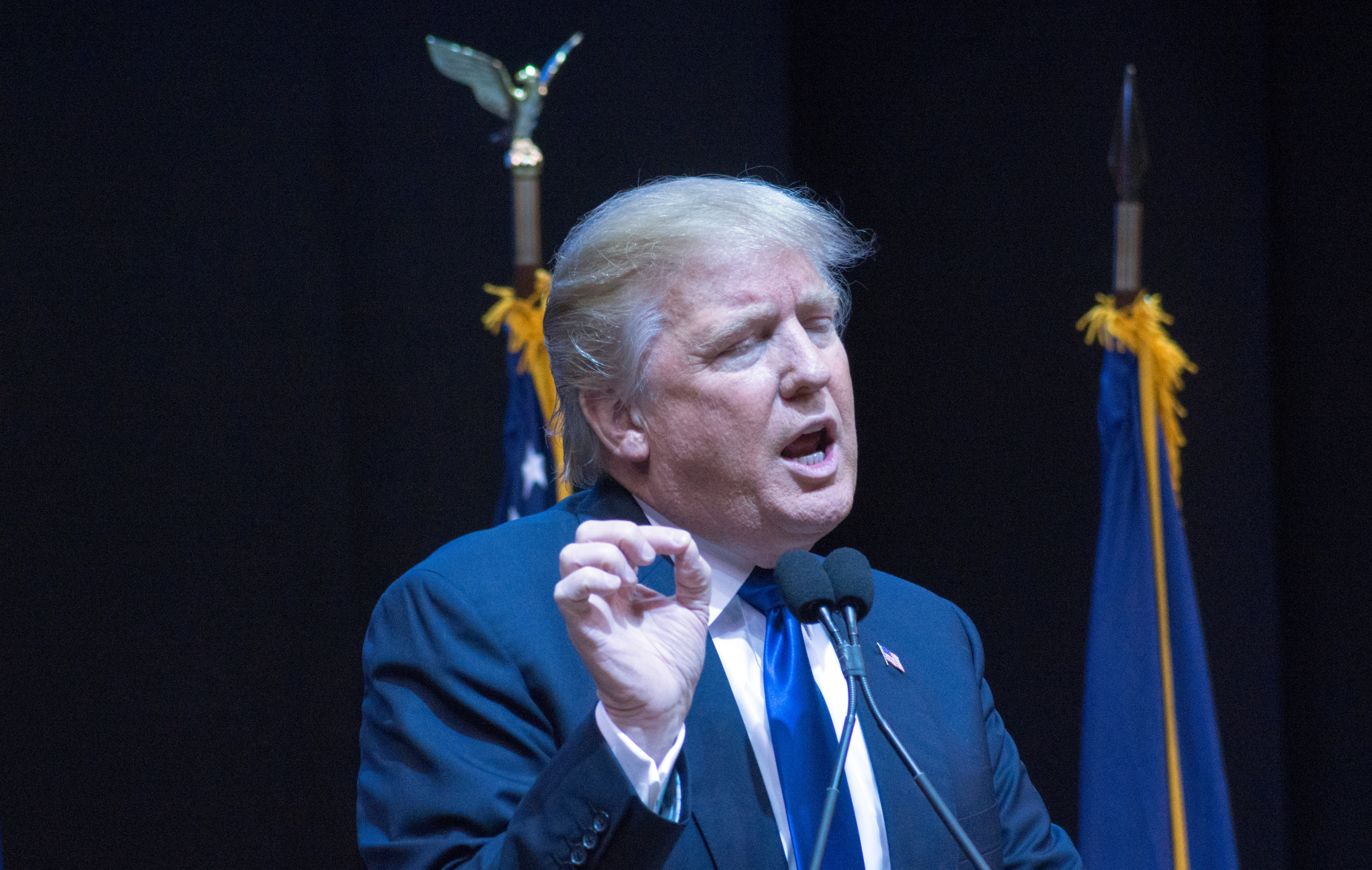Trump’s economic plan
Posted on December 6, 2016

(Trump's Economic Plan is also published in The Hill)
There’s no sure thing in a dynamic economy.
Most American workers want a sure thing.
That’s the tension that faces political leaders and the incoming Donald Trump administration.
How to grow the economy while making sure it benefits the working-class voter?
In the late 1970s, Art Laffer had a theory about this question that helped inspire Ronald Reagan and Jack Kemp. If you cut taxes enough, it will inspire enough growth at the top that will eventually trickle down to the middle class.
Supply-siders advising the Reagan campaign promoted free trade and lower taxes and more robust defense spending. George H.W. Bush called it “voodoo economics” because he thought it would explode the deficit.
But Reagan won and pretty soon all Republicans were supply-siders. It became Gospel for the next 35 years for GOP candidates to bow down to the free market and continue to push expanded trade and lower taxes for the wealthiest Americans.
Trump’s campaign includes supply-side adherents like Stephen Moore and Larry Kudlow, and I am certain that he pays close attention to what he tells them.
But Trump is not a purist when it comes to supply-side economics.
He sees the reality on the ground in places like Indiana and Michigan and Wisconsin. Too much free trade means companies are folding shop in America’s industrial heartland and moving their operations to Mexico, Vietnam and China.
Trump himself did that in his own business operations. He is no economics theorist. He is a practical businessman who has confronted these choices in his own professional life.
Trump’s approach to fixing this problem is twofold.
First, use the bully pulpit to name and shame companies that threaten to move jobs out of the country. Carrier, Ford and Rexnord are examples that immediately come to mind. Threaten to impose 35 percent tariffs on corporations that shift production elsewhere.
Second, create a better economic environment to incentivize corporations to stay here. Promise lower energy prices. Cut the corporate tax rate to make it the most competitive in the world as opposed to what it is today, the least competitive in the world. Get rid of the thousands of stupid regulations that were put forward by the anti-business Obama administration.
But unlike earlier Republican efforts to cut taxes to spur growth, the Trump administration is not promoting steep tax cuts for the top 1 percent of the country. This is a sharp departure from supply-side orthodoxy. He is not saying that he will raise taxes on the rich — because President Obama already took care of that — but he won’t necessarily cut them, either.
From a political perspective, that’s a welcome change.
Donors might like it when the wealthy get a tax cut, but most voters are far more willing to sock it to the rich than conservatives like to acknowledge.
When the legislative branch goes about mucking around in the tax code, it usually concerns itself with two questions: How much will it cost and who gets the benefits?
My guess is that President-elect Trump and his new, Treasury Secretary Steve Mnuchin, will be more concerned with the distribution tables than they will with the cost estimates. And I think that makes sense, at least politically.
It’s hard to grow the economic pie without the rich getting a disproportionate share. The rich are rich for a reason. They are typically savvier about adapting to a dynamic economic situation. They don’t expect sure things. And they have more money to start with, so they have more money to invest.
Working-class voters aren’t sophisticated investors; they don’t have money to lose, so they generally don’t like to take chances, and they often have other impediments to taking full advantage of a rapidly changing economy.
So, creating economic conditions that will help working-class voters more than the rich is not an easy trick to pull off.
But for the first time in a long time, a Republican president is saying that he cares about the working class and that he is going to do something to help them. I am not sure if it will work, but at least President-elect Trump says he is going to try.
He should get credit for that.
